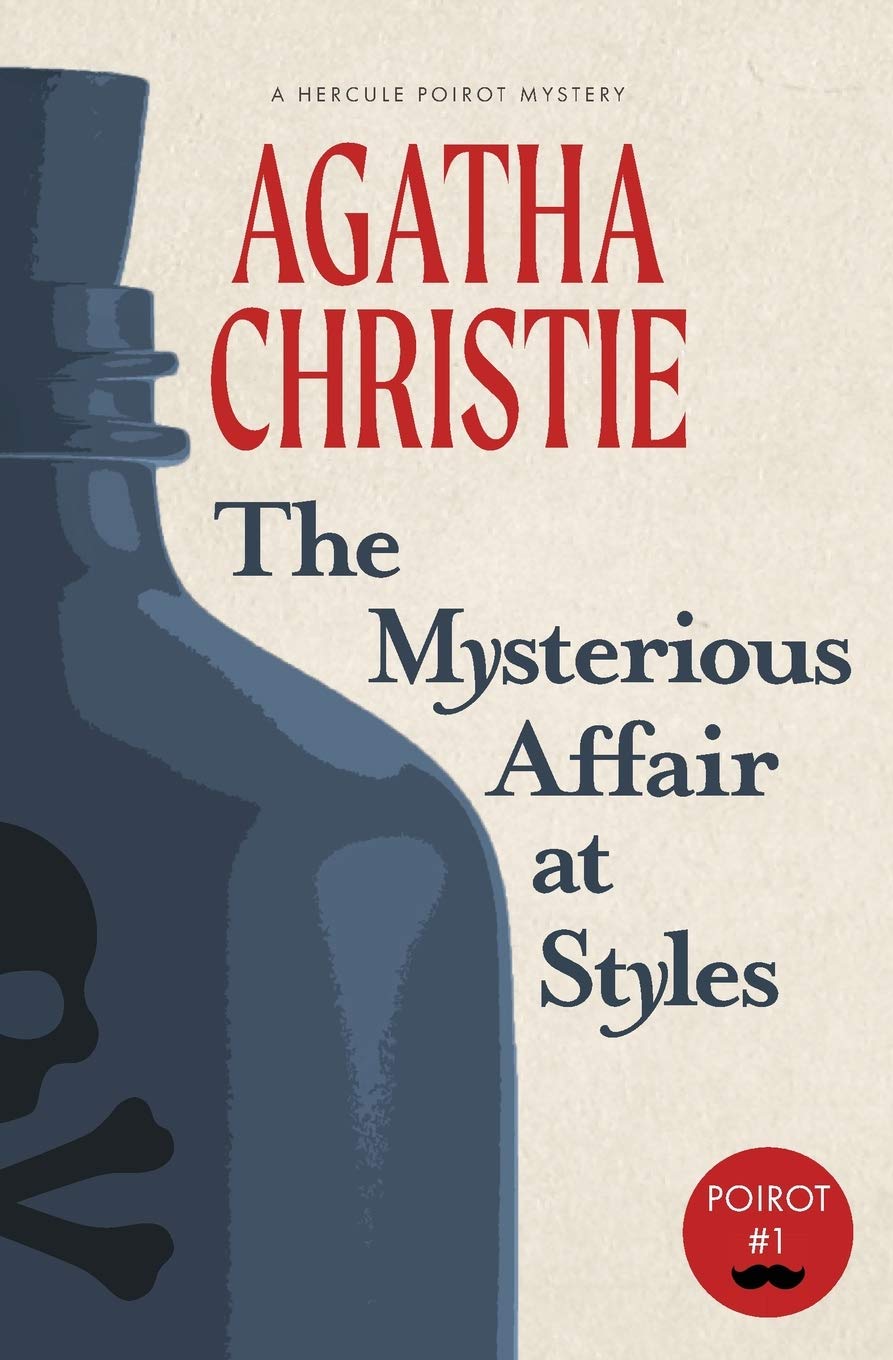CHAPTER V — “IT ISN’T STRYCHNINE, IS IT?”
byChapter V opens with Hercule Poirot walking through the details of the previous evening’s events, seeking clarity rather than rushing to judgment. The chaos surrounding Mrs. Inglethorp’s final moments still lingers in the house, yet Poirot zeroes in on a detail others might have dismissed—a curious note she had written before her death. The handwriting is unquestionably hers, but the timing and tone prompt questions about her mental clarity. Though suicide is considered, Poirot is skeptical, preferring to examine evidence rather than fall back on emotional speculation. He focuses on the logistics of the poisoning and the absence of strychnine traces in what she consumed. Even the coffee cups, carefully gathered and examined, reveal nothing definitive, which only deepens the mystery for Poirot, who knows poison often leaves a silent fingerprint.
What draws Poirot’s concern next is the social atmosphere in the house. Despite the gravity of the event, members of the household seem determined to restore normalcy. Politeness and routine become a mask, concealing grief and perhaps guilt. Alfred Inglethorp, already the object of suspicion due to his hasty marriage and tense relationship with his wife, gives little away. Meanwhile, Lawrence Cavendish and John each present stoic fronts, but Poirot remains unconvinced by appearances. He looks instead for the inconsistencies in their stories and behaviors, particularly in their recollections of Mrs. Inglethorp’s final day. When Poirot examines the will, hastily drawn and unsigned, a new layer of tension emerges—one that suggests urgency and awareness of potential betrayal.
Poirot’s conversations with those close to the victim reveal how fragile the family’s structure truly is. Under the surface of civility lies jealousy, mistrust, and financial anxiety. The mention of the will and Mrs. Inglethorp’s intentions sets off alarms, especially given how inheritance might shift depending on her legal standing. Poirot carefully notes that she seemed to understand the implications of her marriage on her assets, which contradicts the idea of sudden confusion or mental lapse. This contradiction fuels Poirot’s conviction that the murder was premeditated and calculated. As each piece of the puzzle is laid out, from the coffee cups to the arguments overheard, the detective connects threads with caution, aware that deception may lie even in the smallest gesture or misplaced object.
While others grasp at obvious suspects, Poirot proceeds with his unique blend of logic and empathy. He recognizes that guilt is rarely shouted—it’s usually whispered through an overlooked clue or an unguarded reaction. Every member of the household has something to hide, though not all secrets lead to murder. Poirot separates personal shame from criminal behavior, isolating only what pertains to motive, means, and opportunity. What intrigues him most is not what’s been confessed but what remains unsaid. In the midst of suspicion, Hastings begins to appreciate the quiet confidence Poirot exudes, even as others dismiss him for his eccentric methods.
The detective’s insistence on revisiting the room, studying the order of things, and returning to conversations already had reveals his patience with complexity. Rather than moving quickly, Poirot moves with intent. His focus returns again and again to the coffee—why it was prepared, who had access, and why the strychnine has left no physical trace. His method isn’t guesswork; it’s a disciplined unraveling of layered deception. As Poirot progresses, readers are reminded that even the smallest observation—a misused cup, a discarded paper, or a casual remark—might break the case open. He trusts not only logic but also human fallibility, knowing people rarely lie perfectly.
This chapter also reminds readers that Hercule Poirot’s strength lies not in uncovering facts but in interpreting them with compassion and clarity. The will, the arguments, and the toxic relationships in the house serve as more than motives—they are the backdrop of a murder driven by complex emotion. Poirot does not rely on technology or brute force but on reasoning and reflection. His pursuit of truth offers more than answers; it brings the possibility of peace. In peeling back the layers of human behavior, Poirot invites the reader to look beyond appearances and to see the elegance of truth revealed through the most ordinary of clues.

